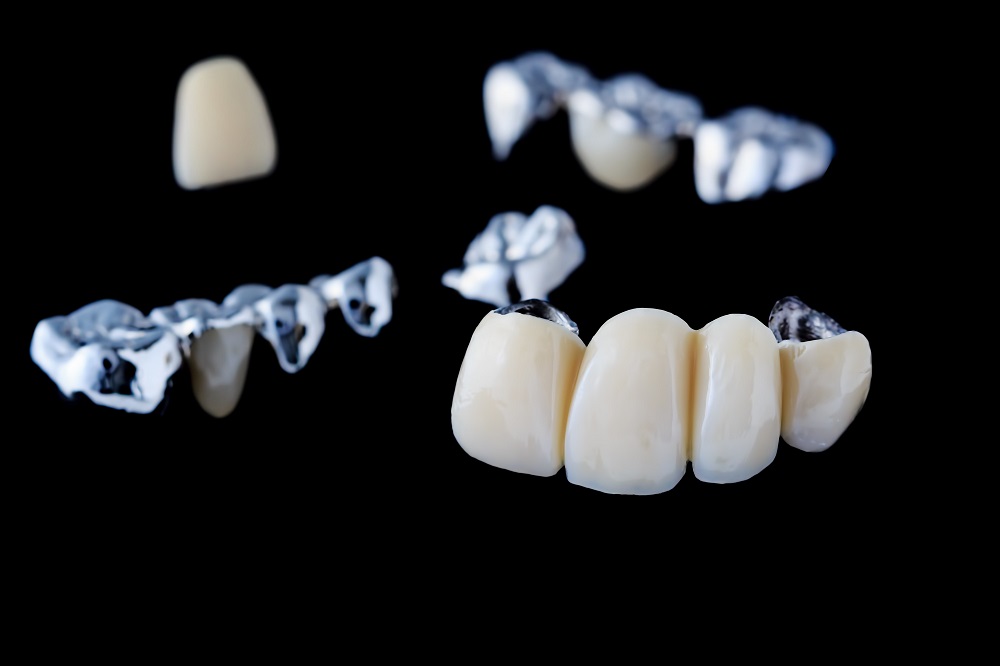For Canadians, especially older people, tooth loss is a prevalent dental issue. Unfortunately, this loss can result in many other issues, such as speech and eating difficulties and low self-esteem.
A dental bridge is a flexible, aesthetically pleasing, and economically sensible way to replace one or more missing teeth. You can learn everything you need to know about dental bridges in Newmarket from our guide, including whether getting one would be advantageous for you.
Dental Bridge Procedure
A dental bridge is typically obtained in two steps.
1. Tooth preparation and placement of a temporary bridge – Our dentist will prepare the abutment teeth. Some of the enamel on their outsides will be removed. Our dentist will then make an imprint of your abutment teeth and send it to a lab to create the final prosthetic after this is completed. In the interim, they will cover your teeth with a bridge to protect them.
2. Placement of a permanent bridge – When your new bridge is ready, the old one will be removed, and the new one will be anchored. Your bite and alignment will be examined before the procedure is complete.
Once this is done, only specialized dental instruments can remove the bridge. It will stay in place until a few years when a replacement will be required.
For bridges supported by implants, the process is slightly different. You must have implant placement surgery rather than having your teeth prepared for insertion. The screws can attach your bridge once your new implants have fully healed. From beginning to end, this procedure usually takes a few months.
How To Maintain A Dental Bridge?
For people who use dentures now, fixed bridges are a good alternative. Dentures require daily removal and intensive hygiene procedures. But dental bridges are much like natural teeth that can be cleaned. It entails using a strong, cavity-prevention toothpaste twice daily and routinely flossing in between the bridge’s crowns.
Although a dental bridge is intended to be permanent, regular wear and tear over time may require maintenance or a total replacement. After you have had dental bridges near you inserted, make sure to arrange routine appointments to assess their success, comfort, and progress.
Dental Bridge Cost
The materials utilized, the type of bridge you choose, and our dentist near Aurora all affect how much a dental bridge will cost. Typically, implant-supported bridges are the most expensive, whereas Maryland bridges are the most economical. Inquire with our dentist in Newmarket about the various dental bridge options and what they can cost you. They’ll be pleased to work with you to make this treatment’s cost fit within your budget.
What to Expect After Treatment?
Our dentist will give you hygiene rules once your bridge has been attached so that you may keep the functionality of your restoration. Using a floss threader, you can floss near the bridge and in between the gum tissue and pontic beneath it. It should be used daily. At least twice a day, you should use fluoride toothpaste to brush.
Are Dental Bridges Right For You?
A dental bridge offers a flexible solution for oral health problems. By selecting this dental health option, replacing missing or unhealthy teeth with porcelain crowns that seem natural and fit snugly will be possible.
Receiving a dental bridge has many advantages beyond just replacing missing teeth. Bridges can improve your smile, chewing and speaking, maintain your facial structure, and stabilize teeth that are moving out of place.
Come into Keep 28 Dental today to speak with our experts; we’re here to help you achieve and maintain the smile of your dreams!

